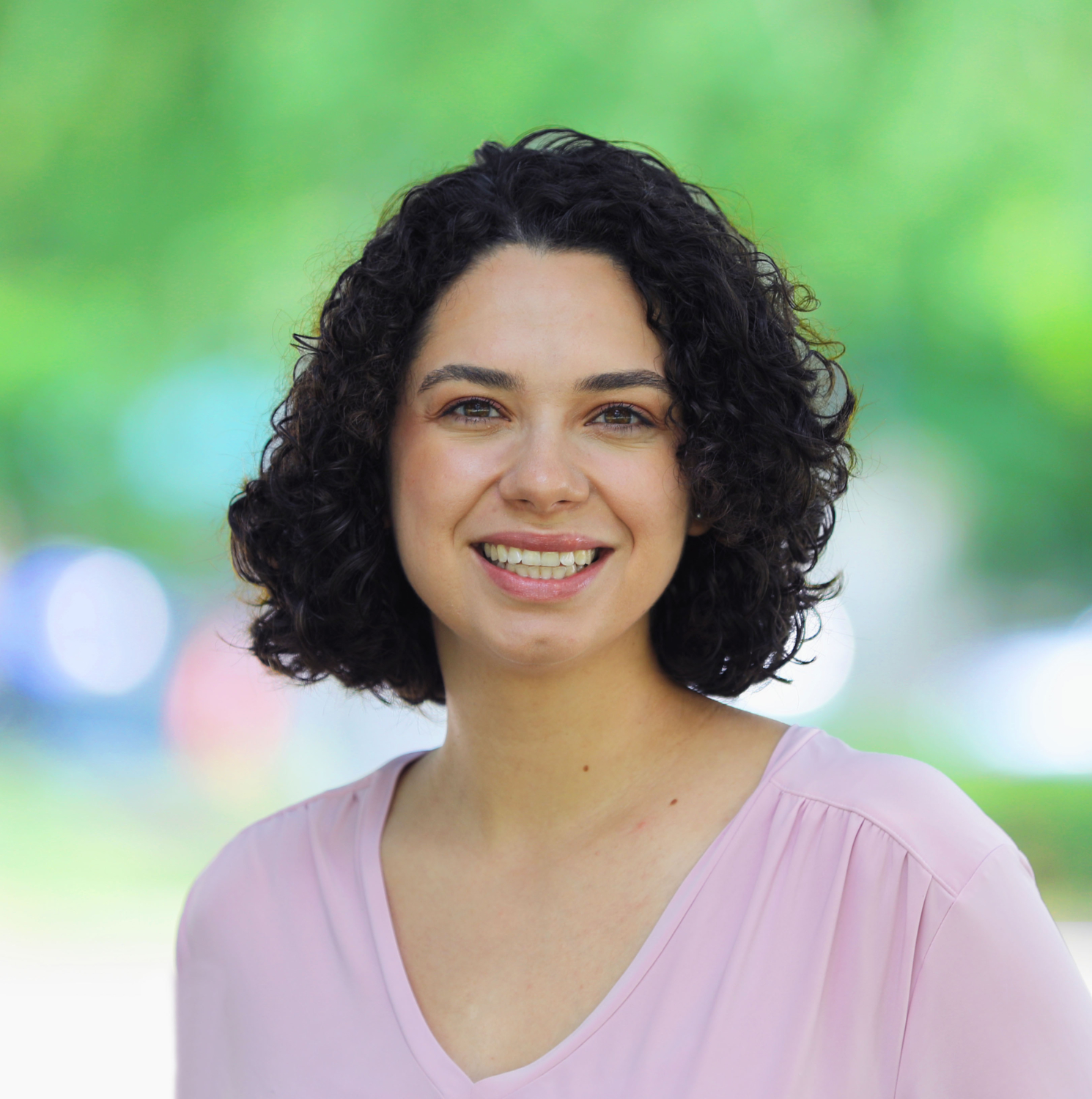Introducing the The NEW and EXPANDED EdChoice Bundle
When we introduce new audiences to the concept of school choice, some of the most frequent responses we receive include:
- What do parents and the general public say about school choice?
- Sure, that sounds great, but is it legal?
- What does the research say about the effects of school choice?
- How does it work? How is school choice funded?
That’s why we created what we at EdChoice call The Bundle. This year, the expanded Bundle consists of four booklets, each one tackling some of the top questions we receive regarding the basics of school choice.
What do parents and the general public say about school choice?
For more than 15 years, EdChoice has conducted polling as a core part of our research to better understand where Americans stand on K–12 education issues. We’ve covered topics ranging from educational choice policies to technology to school safety to parents’ school experiences.
Since 2009 (when we were known as the Friedman Foundation for Educational Choice), we have produced more than 100 survey-based reports and briefs for our partners and the public. In 2013, after several years of conducting and reporting state-level polls, we launched our annual national poll with Braun Research: The Schooling in America Survey (SIA).
At the beginning of 2020, EdChoice and Morning Consult partnered to launch a new monthly polling series called the EdChoice Public Opinion Tracker, which focuses on our standard education choice policy questions as well as timely issues in K–12 education.
For both SIA and the Tracker, we prioritize questions gauging public opinion on educational choice policies, as well as questions focused on parents’ schooling experiences and preferences. These areas are foundational for our organization’s mission, to better provide information to our partners and the general public to stay on top of K–12 trends and changes over time.
To provide a concise and easy-to-access overview of major findings from both our annual Schooling in America Survey and monthly Public Opinion Tracker reports, we have added a new publication to the Bundle this year: the EdChoice Polling Primer: An overview of American public opinion on K –12 education.
Sure, school choice sounds great, but is it legal?
For those who wonder if school choice is legal, the EdChoice Legal Basics: A guide to landmark litigation and the foundation for school choice constitutionality is where every reformer should start. School choice programs are legal when designed to respect both state and federal constitutions.
Paying attention to legal details must be a priority. That’s why we put together this short guide for policymakers, parents, and partners, explaining why state appellate and supreme courts—and the U.S. Supreme Court—continue to rule that school choice is constitutional.
In addition to federal cases, this year’s expanded edition includes a track record of litigation challenges against school choice across the country. Of the 33 states plus Washington, D.C. and Puerto Rico that have enacted 74 school choice programs, legal challenges in 22 states plus Puerto Rico failed to block school choice and succeeded in two states; cases are pending in four states. Opponents of school choice lost 37 cases, and won four cases. In the four states where opponents were successful, only two of those states have no school choice today.
What does the research say about the effects of school choice?
Each year, states consider creating or expanding school choice programs— such as vouchers, tax-credit scholarships and education savings accounts (ESAs)—which empower families to choose beyond their ZIP Code-assigned schools. Families then weigh whether they are the right fit for their children. Anyone can promise what school choice programs could, would or should do. But we prefer to rely on what the data say these programs are already doing— whether that’s positive, negative or unknown.
The EdChoice Study Guide: A review of the research on private school choice summarizes the nearly 190 empirical studies on the effectiveness of private school choice programs, which are explored in greater detail in The 123s. This handy guide highlights the research on school choice’s impact on test scores on choice participants as well as those remaining in public school, parent satisfaction, civic engagement, and more.
How does it work? And how is school choice funded?
There are many different schooling options, and we welcome them all under the broad umbrella of school choice. But not all educational choice programs are created equal.
Public charter schools and public-to-public transfers, for example, provide options within the traditional system, but those programs leave many schooling types off-limits for families. Our goal as the nation’s first school choice organization is to highlight and promote the programs that create the most pathways for students to lead successful lives.
That’s why we focus our efforts on education savings accounts (ESAs), tax-credit ESAs, vouchers, refundable tax credits and tax-credit scholarships programs which provide more flexible options and financial assistance for families searching for educational options that work best for their children. We also highlight individual tax credits and deductions and 529 savings accounts. These programs are more limited and tend to provide minimal financial assistance to families.
We believe access should be universal and that all families should be able to find what works for their students—regardless of where they live or how much money they make. EdChoice 101: An introduction to the basics of school choice presents readers with the fundamentals of school choice and answers basic questions about why and how these programs work.
Dive into the world of school choice by reviewing any, or all, of our Bundle products here.








